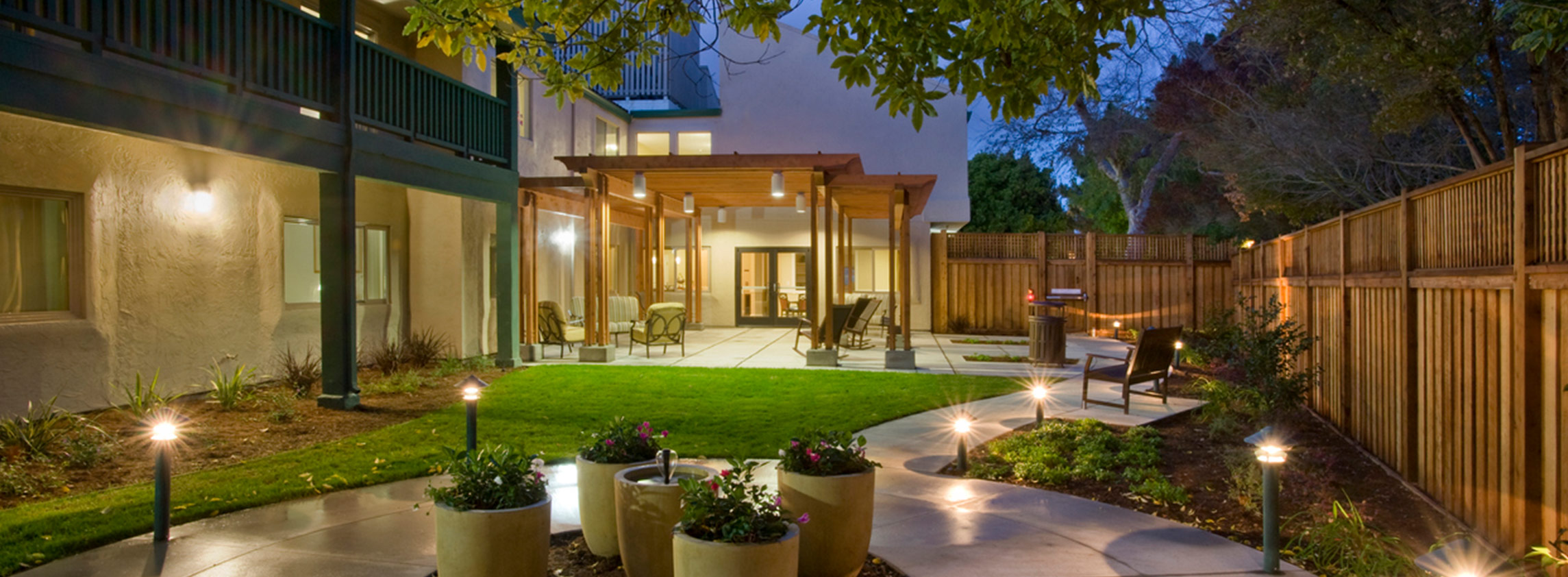Limited implications of Covid-19 on the senior housing sector
Although Covid-19 has very strong and serious direct implications on the health of the elderly population, the pandemic has very limited impact on the senior housing industry. Unlike in care homes where the virus sometimes spread through daily medical care or visits from relatives, elderly people living in senior housing have been able to respect strict lockdowns. Actually, it was probably more secure to live in a senior housing residence where all residents felt very concerned by the risks of the virus, and hence far more cautious, than living in a traditional multifamily building with a mix of age groups.
The minimal impact of the health crisis on investor appetite for senior housing remains supported by the strong fundamentals of the sector: ageing population, new living arrangements, growing wealth, in combination with of an overall lack of housing. Since Covid-19 has slowed down construction activity, we expect some projects to be delayed. This means that the senior housing supply and demand imbalance that has been characterising the large European urban centres will further exacerbate.
As the lockdown restrictions have been particularly difficult for people living in small apartments, residences which offer external areas, including a terrace, rooftop and garden, are increasingly attractive to senior residents. We also expect higher demand for a sense of community, on-demand services and good WiFi connection. Covid-19 has highlighted the importance of strong operators able to manage and lead through a major health crisis.
Although, the issue of affordability expected from the Covid-19 crisis will be less critical for the elderly population than the active population, senior housing rents are forecast to move in line with that of the wider multifamily sector. While this is likely to eliminate positive rental growth expectations for this year and next, revenues from additional services may compensate for stagnating rental income.
Solid H1 investment turnover in the current context
The volume of investment into European senior housing totalled €515m during the first half of the year. This is in line with the past five H1 averages and is 25% above last year’s result. In tandem with the wider European investment market, the senior housing market recorded a strong first quarter, largely due to the sale of Kings Parks village (UK) to Core communities, a premium operator based in North America. Q2 volume is -32% down compared to the same period last year, though this is largely due to widespread lockdowns throughout Europe.
Over the past five years, investment activity in the sector was mainly concentrated in France and the UK, with both countries accounting for 68% of the total senior housing volume, followed by Italy (9%), Netherlands (7%), Sweden (5%), Germany and Belgium (4% each). In mature markets, activity continues to be fuelled by portfolio deals and M&A, most notably in the UK and France, while in small and developing countries, the lack of trading assets is driving investors towards new developments.
During the first half of the year, cross border investment accounted for 64% of all senior housing investment, a record high as the sector has historically been mostly led by domestic players. Cross border investment came predominantly from Europe, notably France, the UK and Sweden. However, US investors, who have established themselves in both the student housing and multifamily sectors, are increasingly looking at the potential of the senior housing sector. A growing range of investors are now active in the sector including, public REIT (Aedifica, Cofinimmo, ReSi REITs), insurance companies (Axa Group), equity funds (Fremont Group), pension funds (PFA - Mere til Dig), developers (Batipart, SBB i Norden) and investment managers (Schroders, Octopus Investments, Heitman, Catella).
Prime senior housing yields currently range between 3.5% and 5% for direct-let properties, depending on the country, location and quality of the asset. Increased appetite from investors has put downward pressure on prime yields in recent years, yet, senior housing yields remain competitive compared to standard residential units and traditional commercial properties. On average, the yield discount that senior housing offers over other asset classes ranges between 96bps over prime multifamily and 88bps over prime CBD-offices. In addition to this, the low interest rate environment across Europe offers an attractive yield spread of 391bps for prime senior housing properties.
Positive outlook
The amount of capital targeting senior housing assets has remained relatively unchanged since the beginning of the year and we expect investor interest in the sector to remain solid in the coming months. Due to a limited supply of operational assets, we expect an increasing number of investment deals to be driven by the forward funding of development opportunities.
As competition for the limited number of trading assets and development sites in strong locations will remain robust, we may see further yield compression for prime assets. Nevertheless, in the context of Covid-19, we expect limited yield compression for the next 12 months notably in light of subdued rental growth assumptions.
